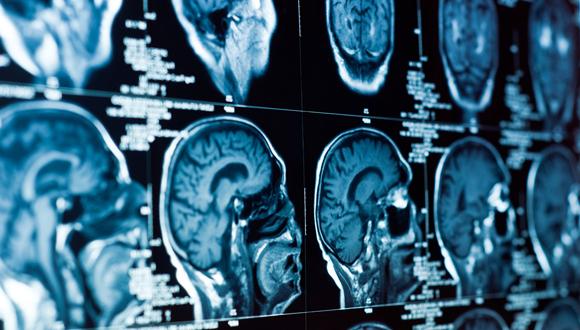UPDATE: New information about this study and Dr. Efrati’s work can be found in this 2019 article.
A new study from Tel Aviv University may have found a way to reverse severe brain damage with a relatively simple oxygen therapy. Brain damage can occur for many reasons, such as strokes, traumatic injuries, and metabolic disorders. In turn this damage often leads to permanent disabilities, including motor dysfunction, psychological disorders and memory loss.
The new method of treatment, developed by Dr. Shai Efrati of Tel Aviv University’s Sackler Faculty of Medicine, has shown to restore a significant amount of neurological function in brain tissue otherwise thought to be chronically damaged – even years after the initial injury.
Efrati says he had long thought that high levels of oxygen might bring damaged neurons “back to life,” so he set out to test his theory.
Related articles
- NeuroQuest: Detecting Alzheimer’s Before Symptoms Appear
- Surprising Study: Patients Treated For Parkinson’s Develop Special Artistic Skills
Efrati partnered with Prof. Eshel Ben-Jacob of the university’s School of Physics and Astronomy and the Sagol School of Neuroscience and the two recruited post-stroke patients. The patients were treated with hyperbaric oxygen therapy (HBOT) — sessions in high pressure chambers that contain oxygen-rich air — which increases oxygen levels in the body tenfold.
After two months of treatment, the patients treated with HBOT showed a significant increase in neural activity. Not only were the result apparent on brain imaging, some patients also showed improvements such as partial reversal of paralysis, increased sensation and renewed use of language. Patients who were previously unable to perform simple daily activities such as bathing, cooking, climbing stairs, or reading a book regained these abilities following the treatment.
Waking up “sleeping” neurons
Efrati explains that the improvement depends on the degree of brain injury suffered by patients. Some people who experience such injuries still have active neurons, but they lack the energy to fire electric signals. The oxygen treatment provides an increased supply of energy to these neurons.
Sign up for our free weekly newsletter
SubscribeOxygen plays a major part in brain function. The brain consumes roughly 20 percent of the body’s oxygen, which is enough to operate five to ten percent of the neurons at a time. However, regenerating those cells requires much more oxygen, so amplifying the body’s oxygen intake tenfold using HBOT supplies the energy needed for regeneration.
The patients tested in the study were people who suffered strokes and had ceased showing signs of improvement in brain function. One possibly groundbreaking finding resulting from the study was that even patients who suffered strokes as much as 20 years ago were still susceptible to improvement, refuting the belief that there’s a limited window of time for regeneration of cells in the brain.
Ben-Jacob explains: “The findings challenge the leading paradigm since they demonstrate beyond any doubt that neuroplasticity can still be activated for months and years after acute brain injury, thus revealing that many aspects of the brain remain plastic into adulthood.”
This study also “opens the gate into a new territory of treatment,” Efrati adds.
The two researchers have now expanded their study beyond strokes and are studying the effects of oxygen therapy on traumatic brain injury and even early-stage Alzheimer’s and vascular dementia.
“It is now understood that many brain disorders are related to inefficient energy supply to the brain,” Efrati says. “HBOT treatment could right such metabolic abnormalities before the onset of full dementia, where there is still potential for recovery.”
Photo: courtesy
Related posts

Israeli Medical Technologies That Could Change The World

Harnessing Our Own Bodies For Side Effect-Free Weight Loss

Missing Protein Could Unlock Treatment For Aggressive Lung Cancer




Facebook comments